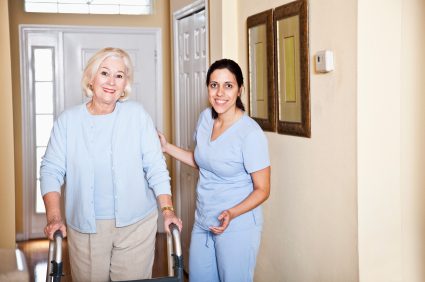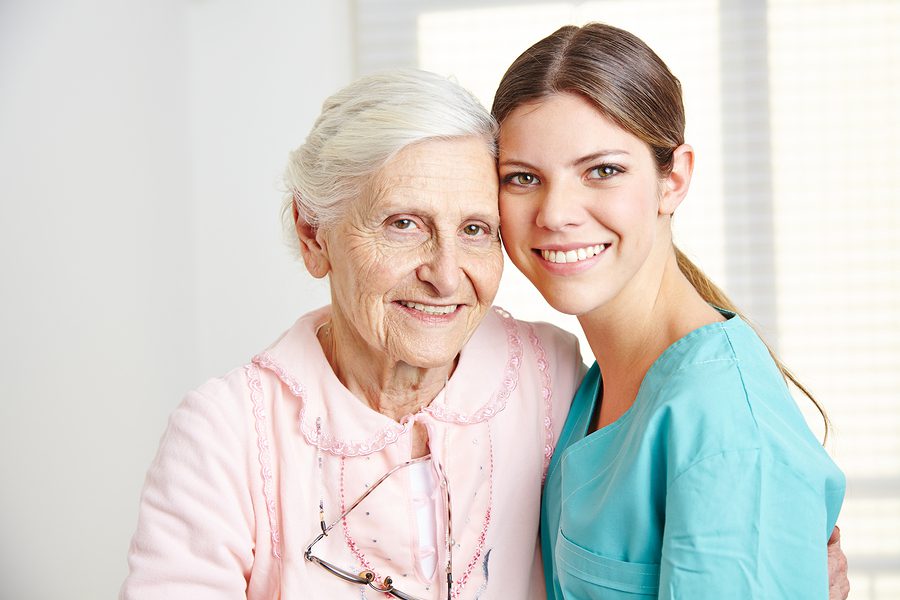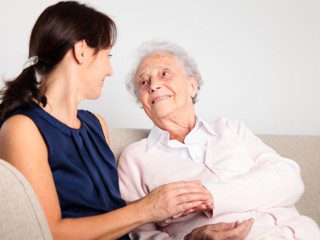Did You Know That Adjusting the Thermostat Can Cause Potential Health Problems for an Elderly Individual? Learn Why.
Don’t Touch that Dial: When the Homeowner and Home Care Provider near Seal Beach, CA Differ on the Ideal Indoor Temperature
It’s not actually that uncommon for a home care provider to make adjustments to the thermostat in an elderly patient’s home. Whether that home care provider is a paid professional or family member, they may think they are doing the right thing, or doing the elderly homeowner a favor by turning it down or up, but depending on situation, it could cause some tension.
When you’re talking about a comfortable temperature for an elderly individual, what a younger person might define as being comfortable may be much different than what the elderly person reports as comfortable. For example, a healthy, 30-year-old individual might feel more comfortable at 69° than 74°, but an 82-year-old person whose strength has declined in recent years might be more comfortable at that 74° market.
What happens when the in-home care service provider and the elderly homeowner differ on what is comfortable? Some people have a very difficult time adapting to temperatures they feel are uncomfortable. One person may feel as though there getting overheated when the indoor temperature is 74°, so they go over and turn the thermostat down.
Once a temperature begins to drop, the elderly individual might get cold and go over and turn it up. This tug-of-war with regard to home based temperatures can actually create more tension between the in-home care service provider and the patient. It can also potentially create health problems. Whenever you are exposed to constantly changing ambient temperatures, the body has to make adjustments, not just for comfort but for health and well-being.
Basically, it is the elderly individual’s home and he or she should be able to keep the temperature at whatever number is most comfortable for them. This may require the in-home care service provider to take a sweatshirt off and work in a T-shirt as opposed to turning the temperature down.
There may be room for compromise, but only if the two individuals sit down and talk. The home care provider can sit down and have a discussion with the elderly homeowner about the temperature. There may be a very good reason why they prefer to keep the temperature warmer than what is considered comfortable for the in-home care service provider.
Dropping the temperature 1 or 2° might be enough to make it comfortable for both of them, and it could save the homeowner money on their heating expenses this winter.
There’s no one answer to the question of when the time is right for in-home care.
However, if you consider the points raise here today, you’ll have a better idea of when it’s time for in-home care.
And, if you have any follow-up questions, please contact us (310) 400-6869…we are always here to assist…You are Important to Us!
We pride ourselves in the Best In-Home Care!
Caregiving for You, Inc.




